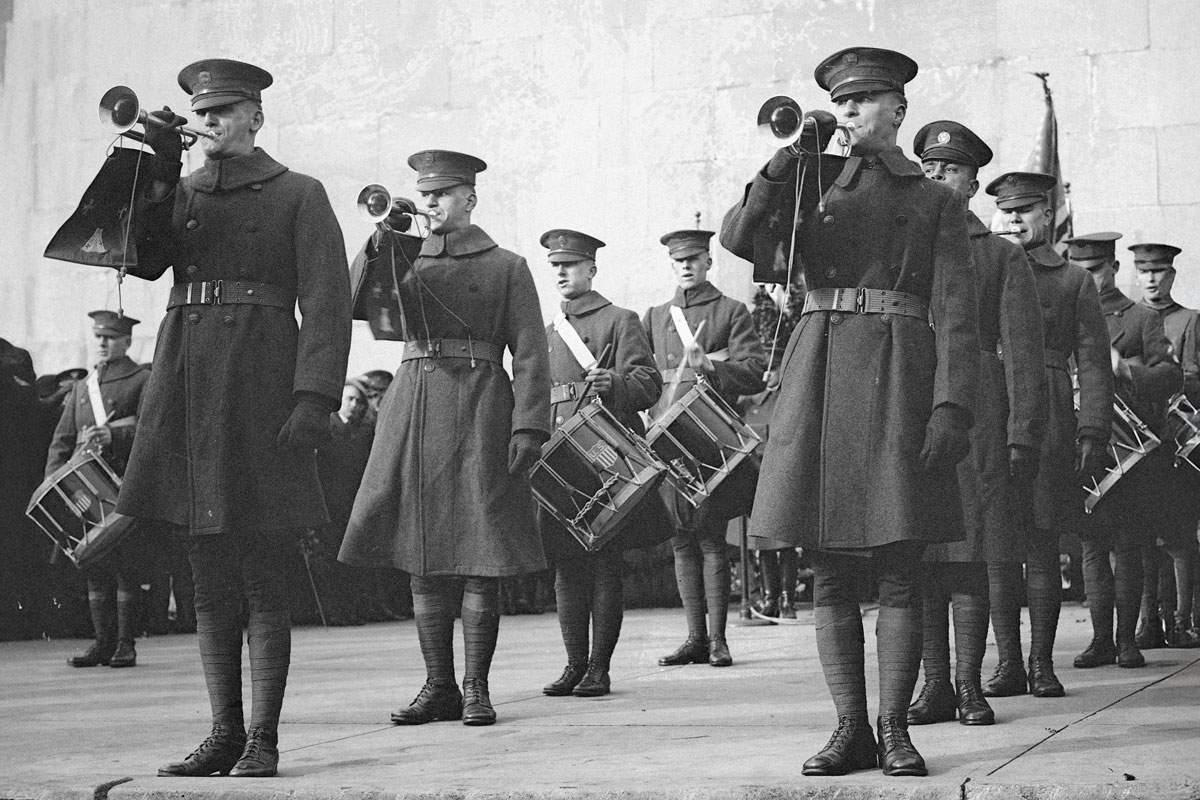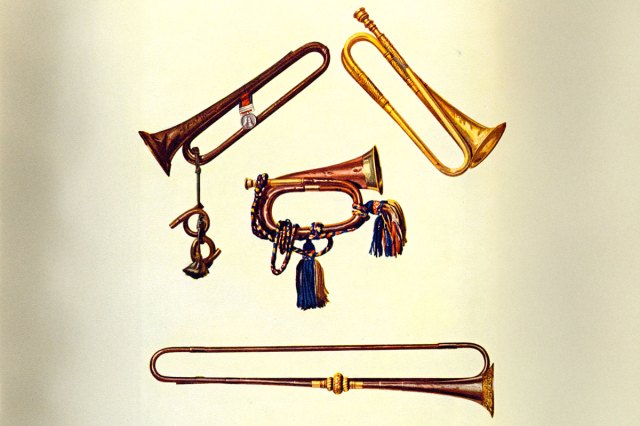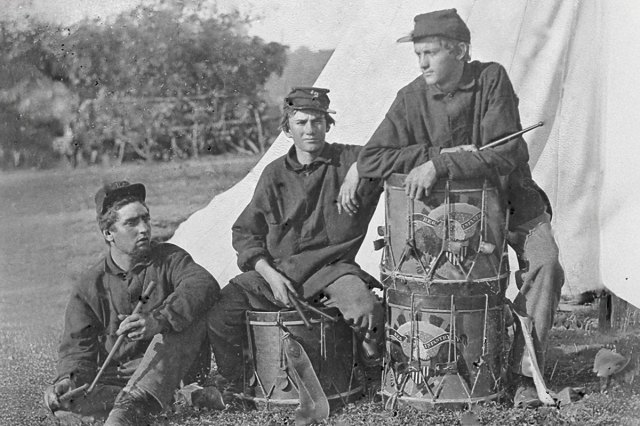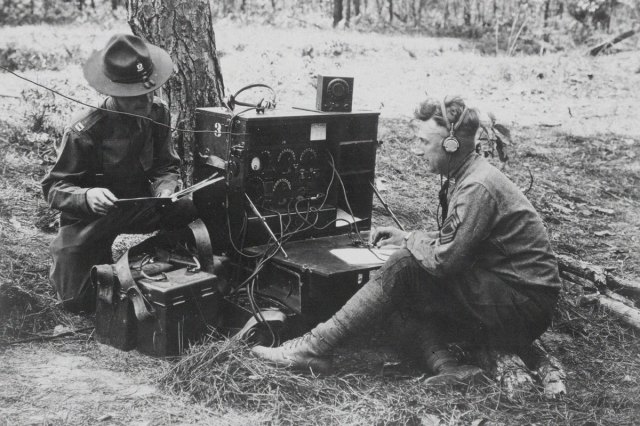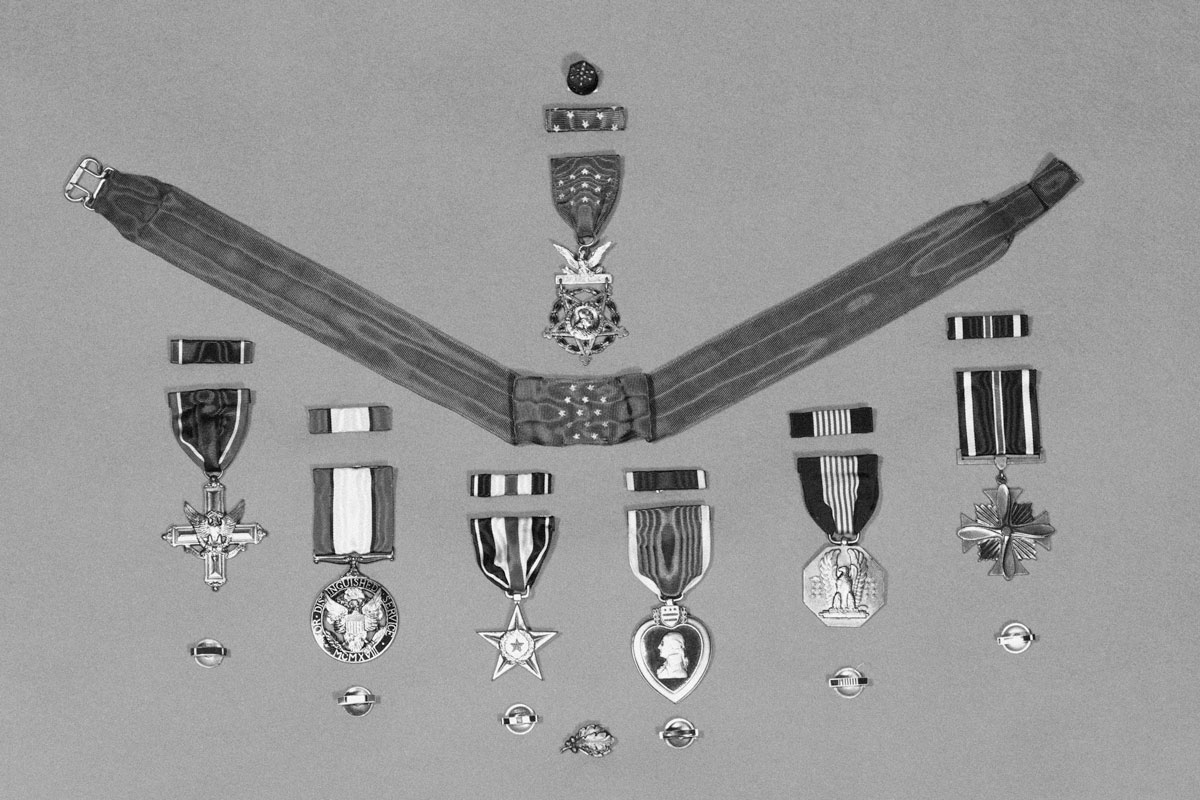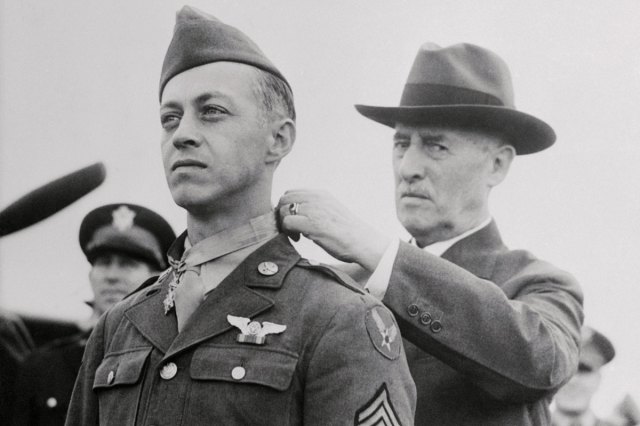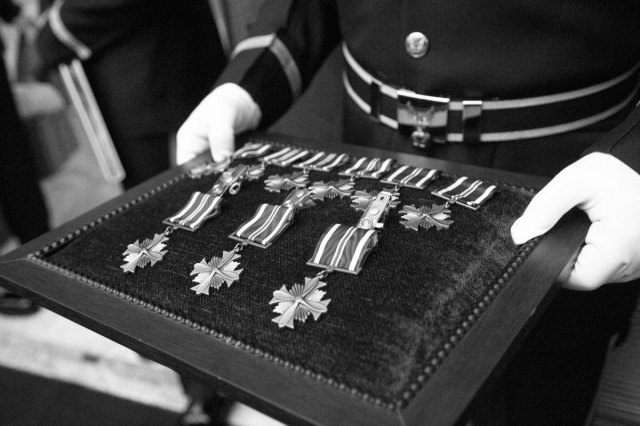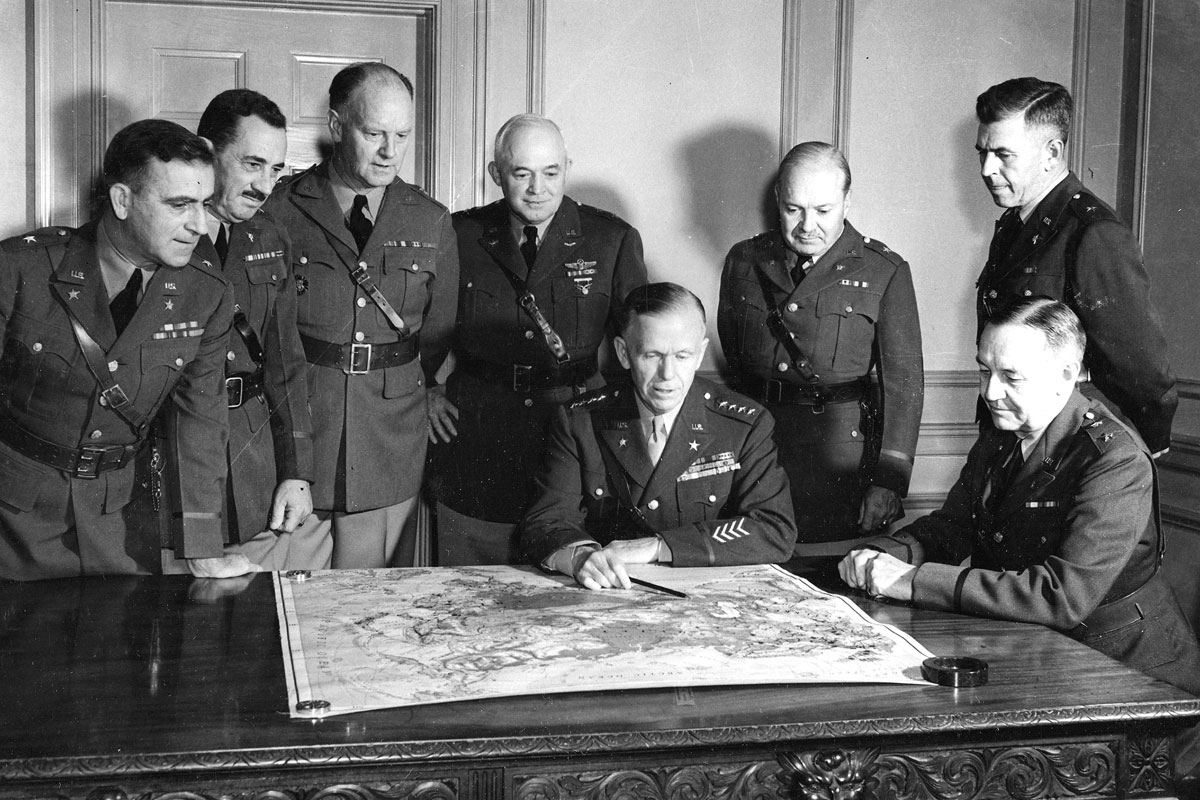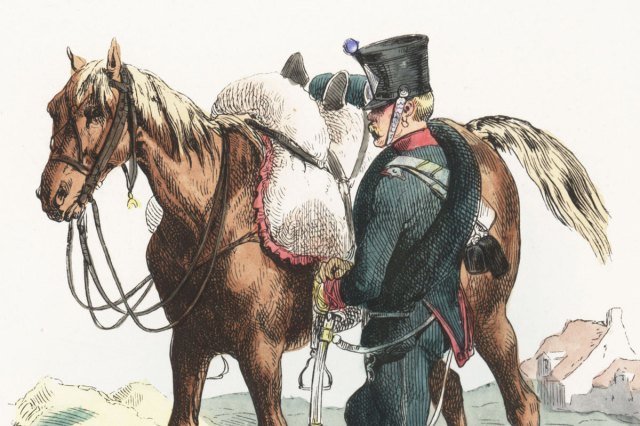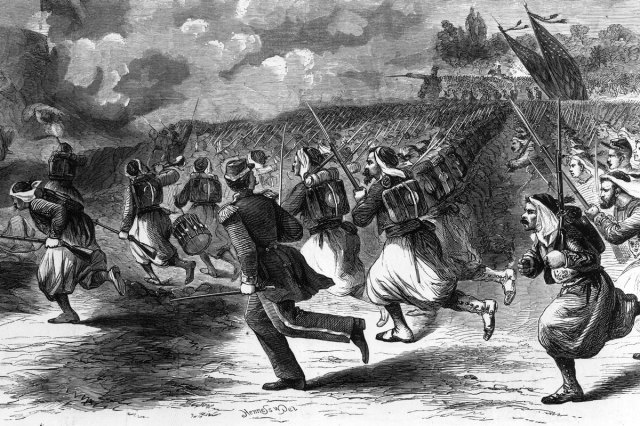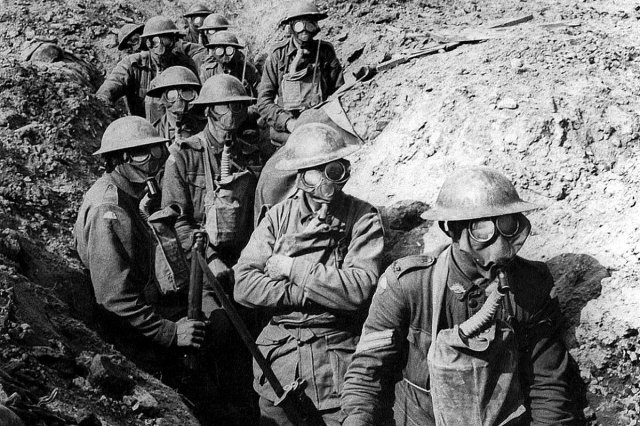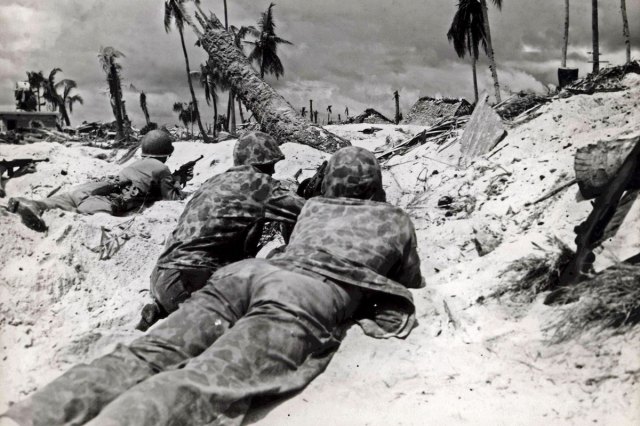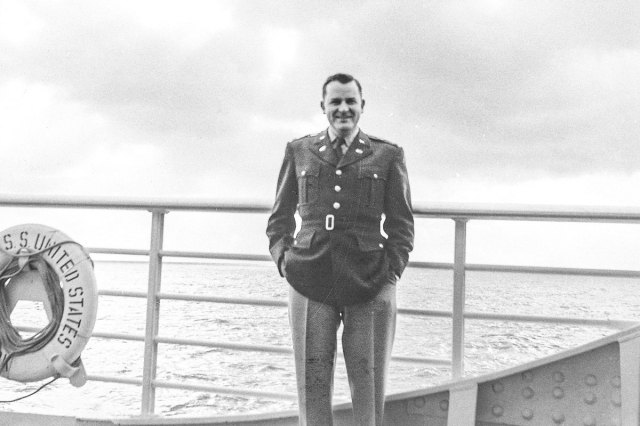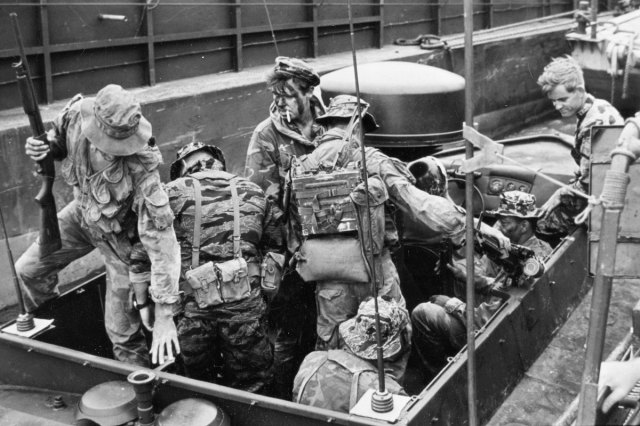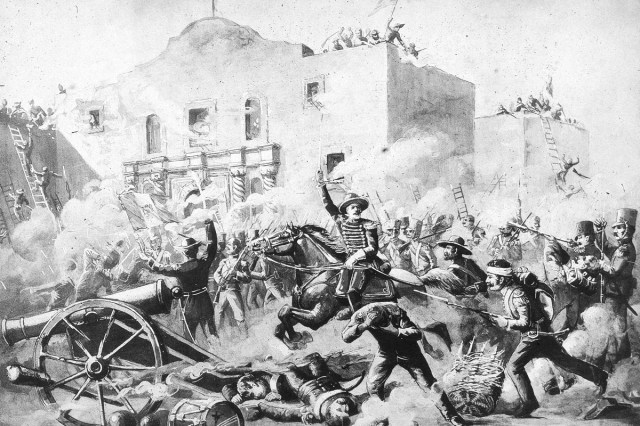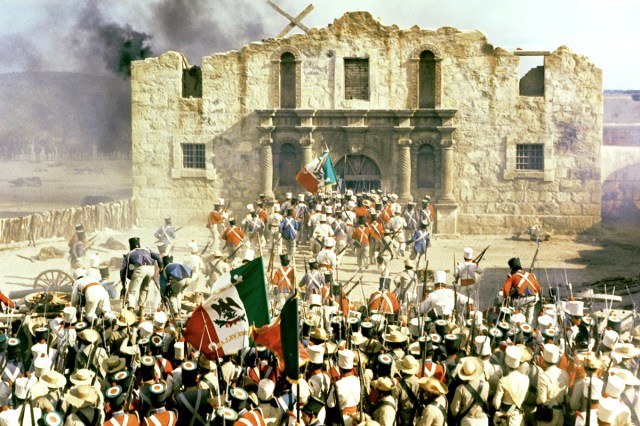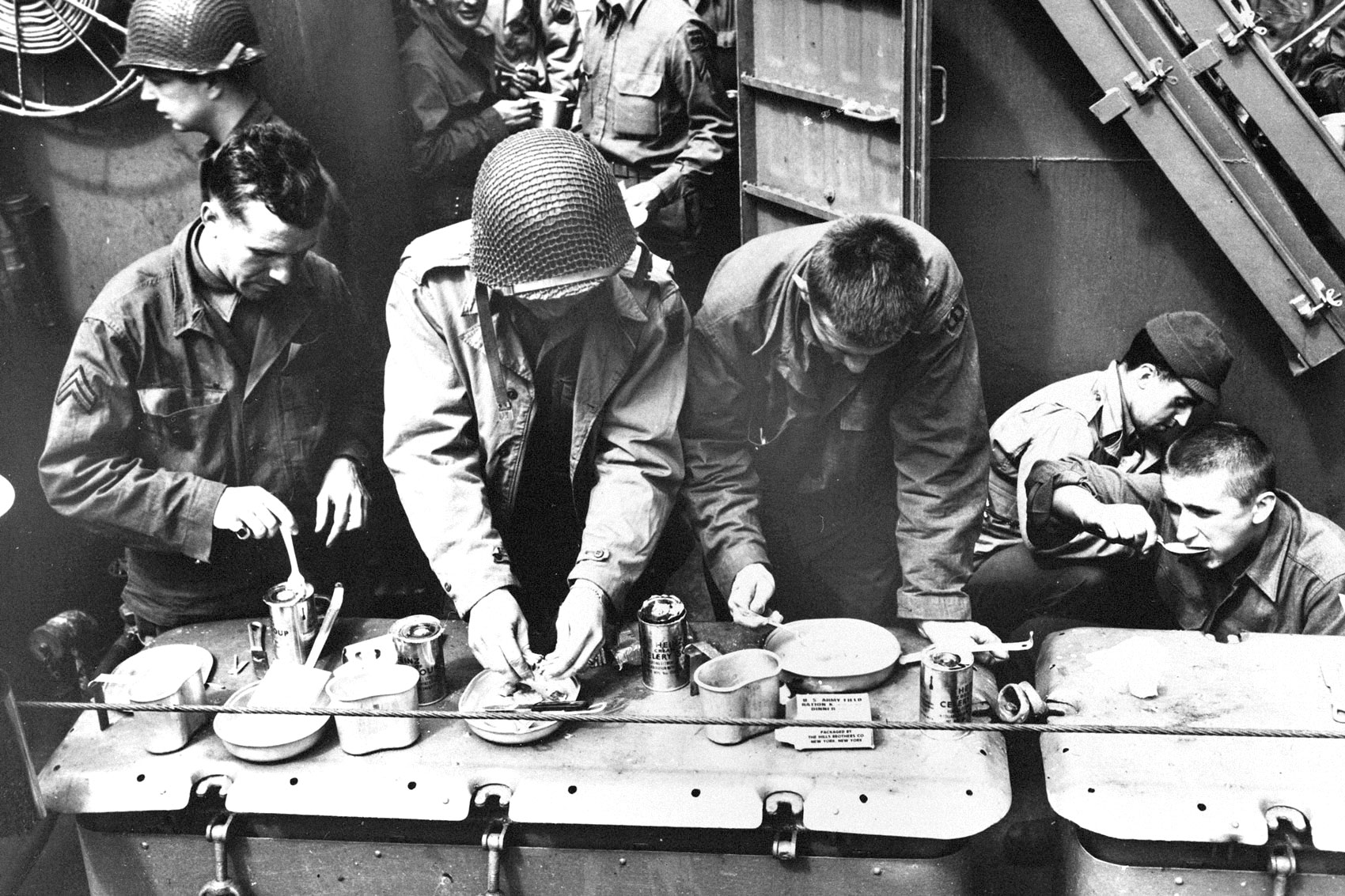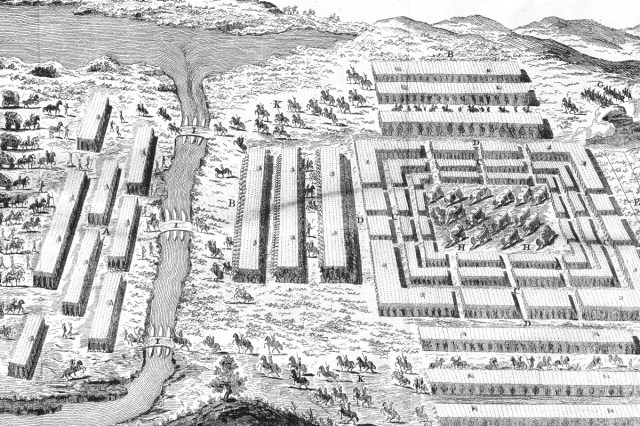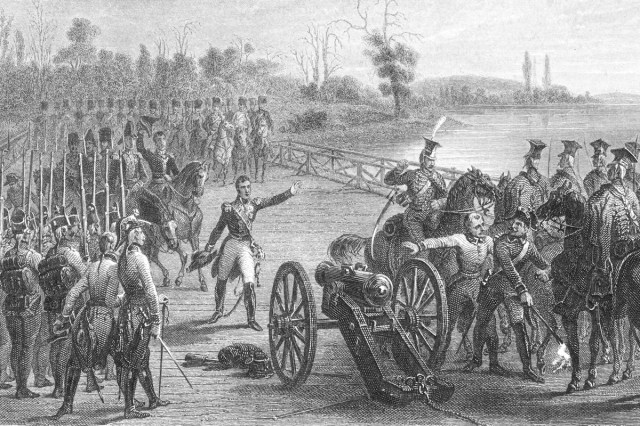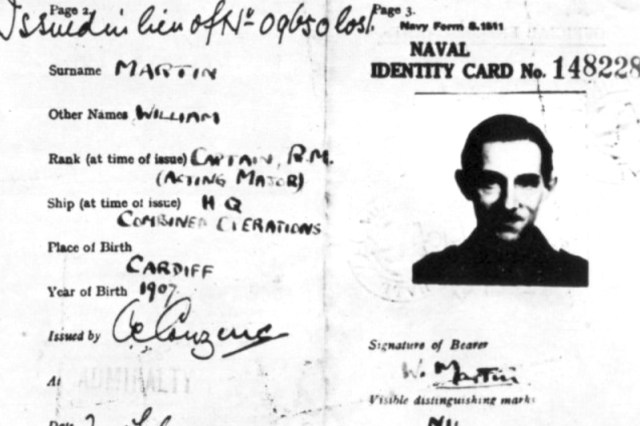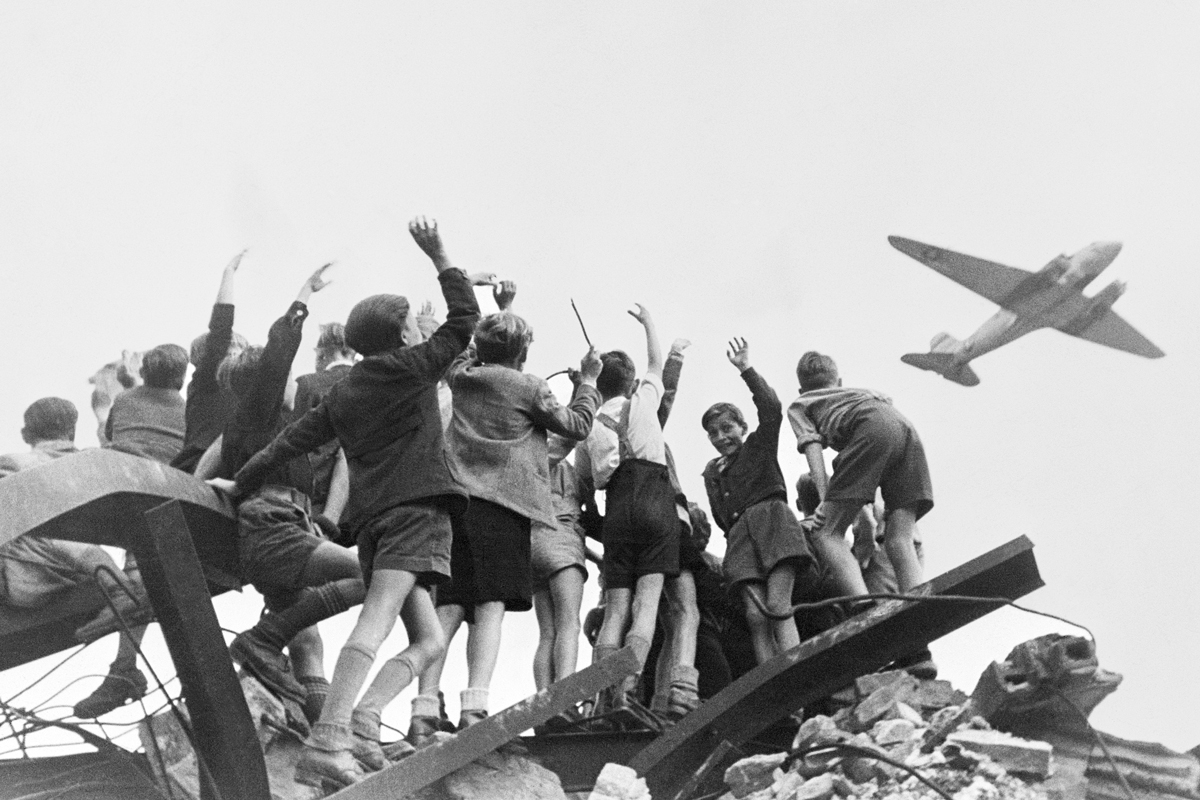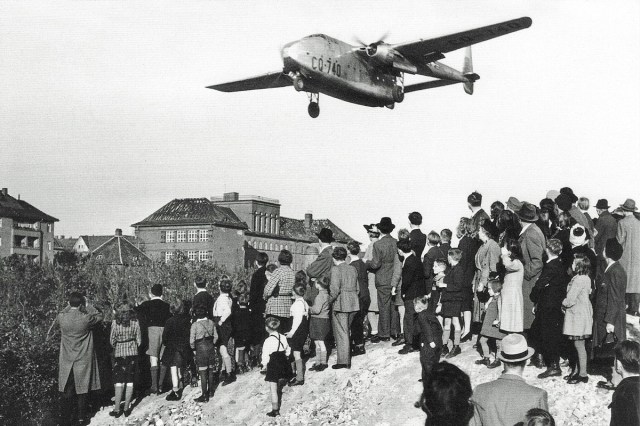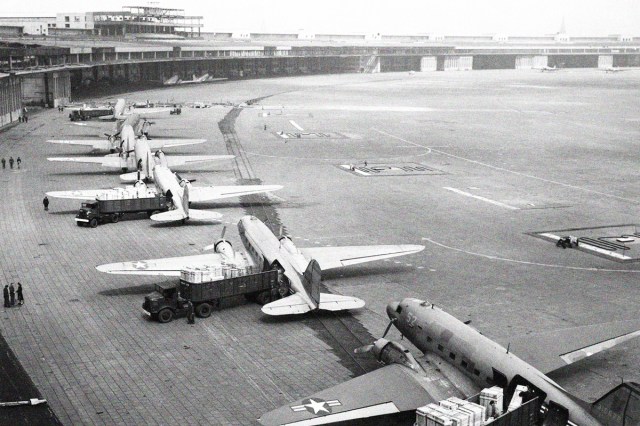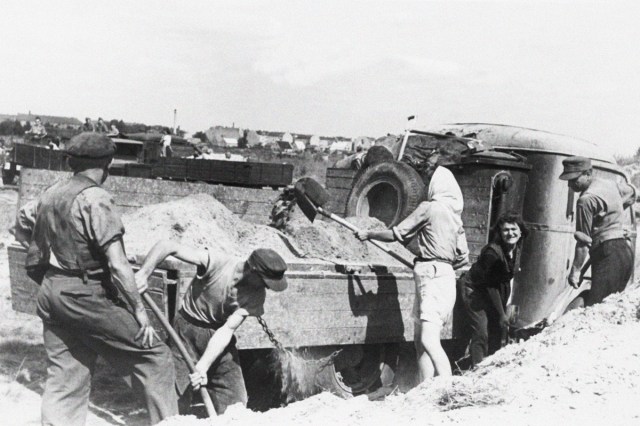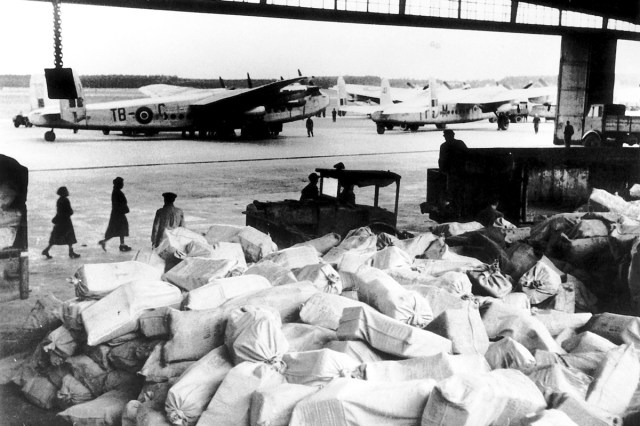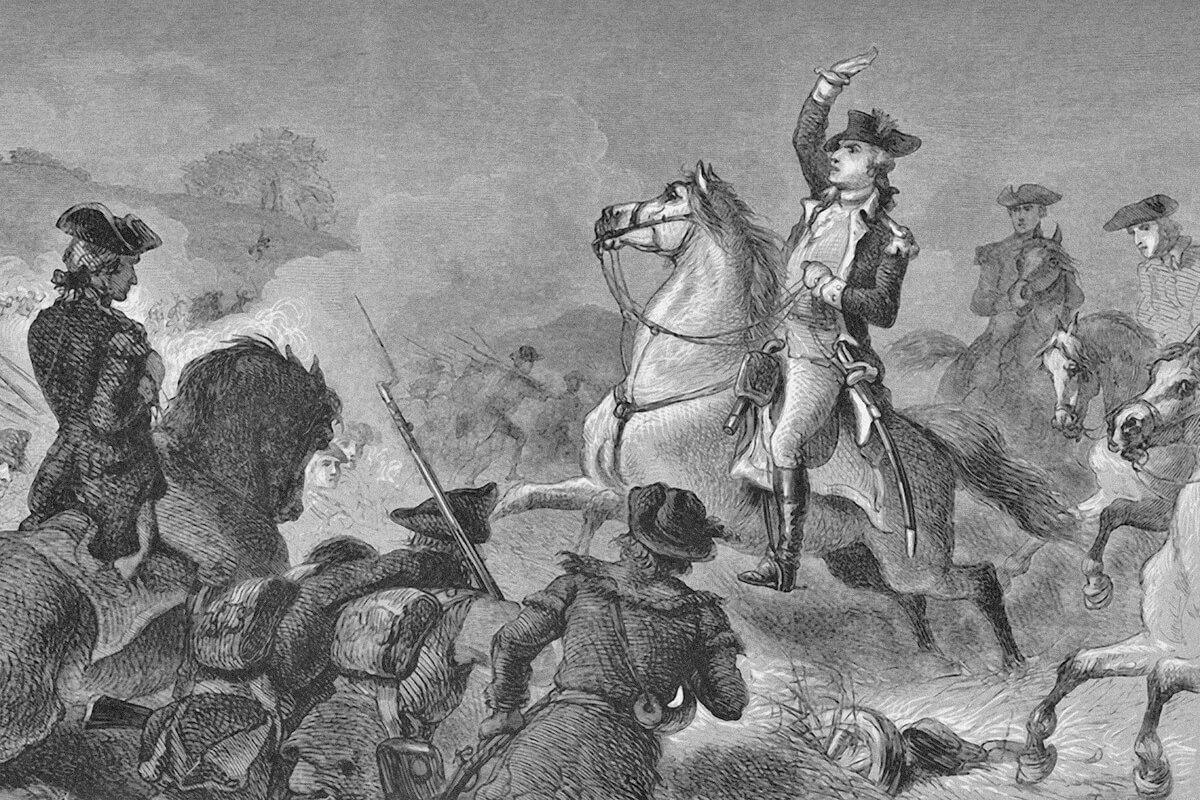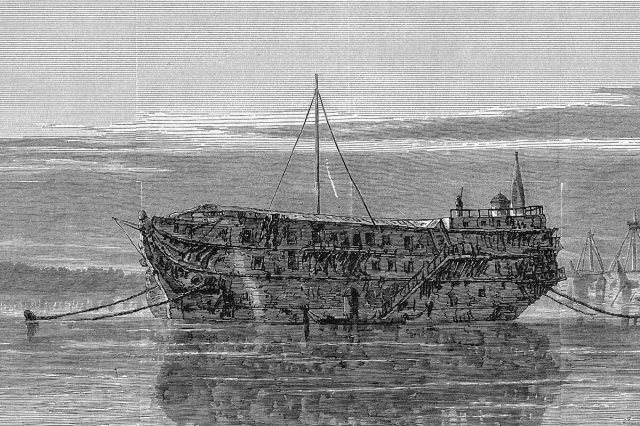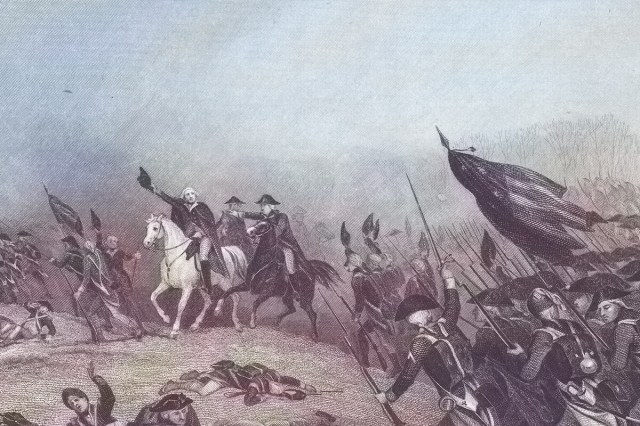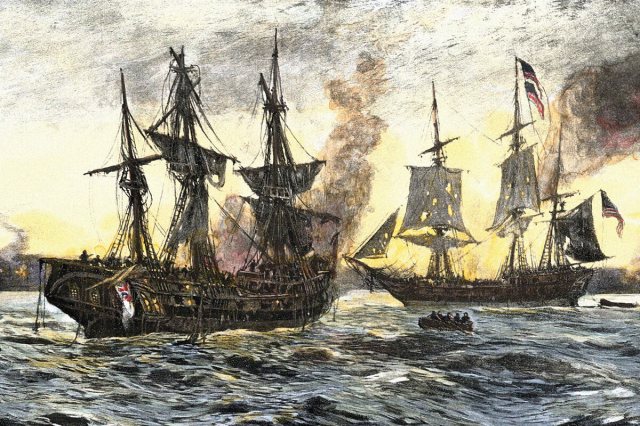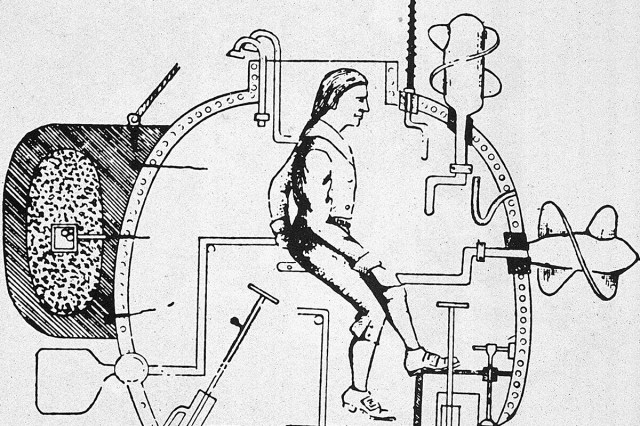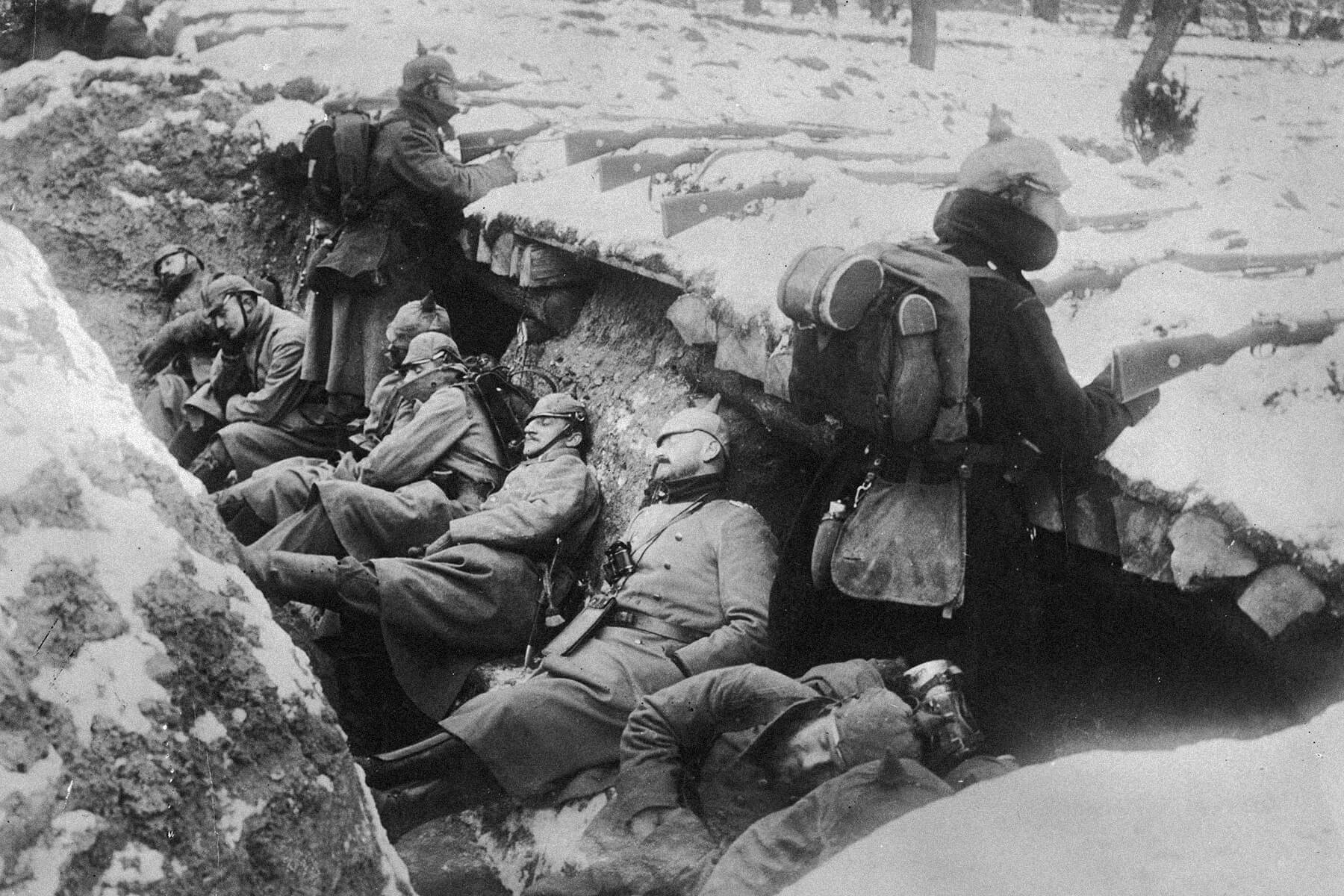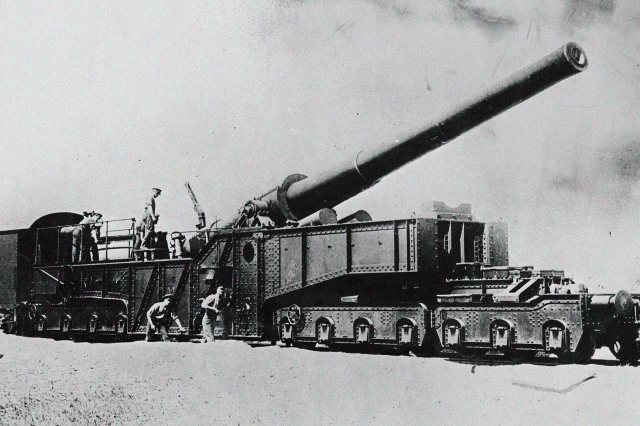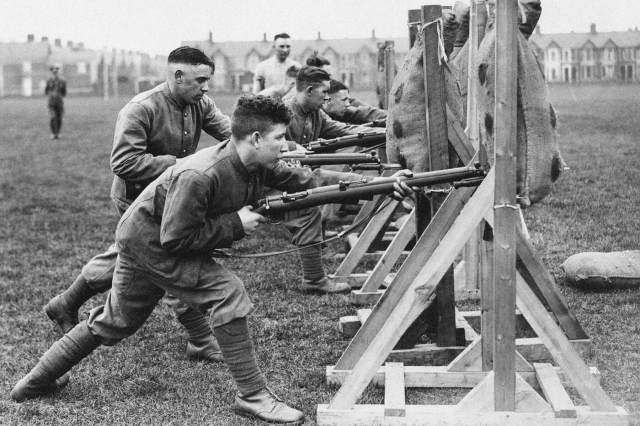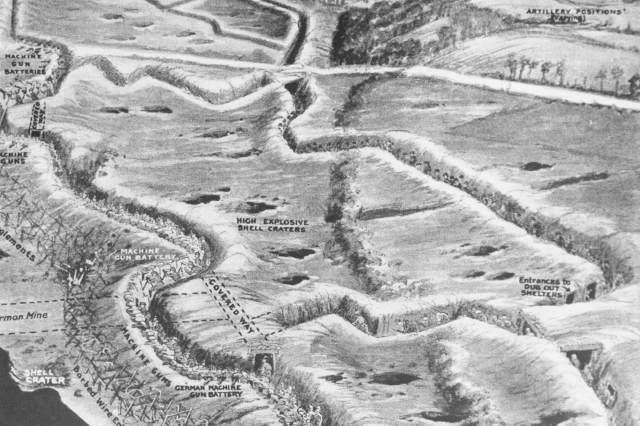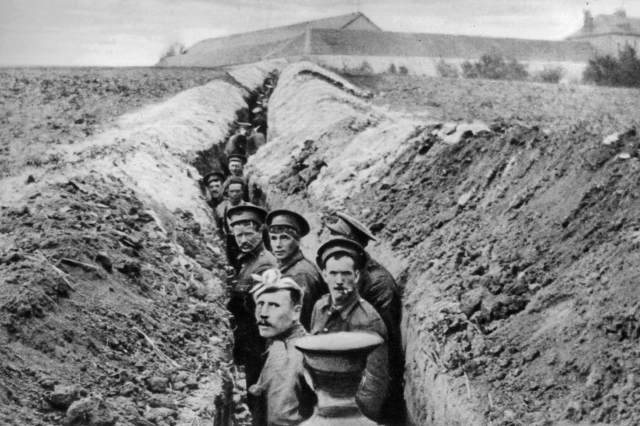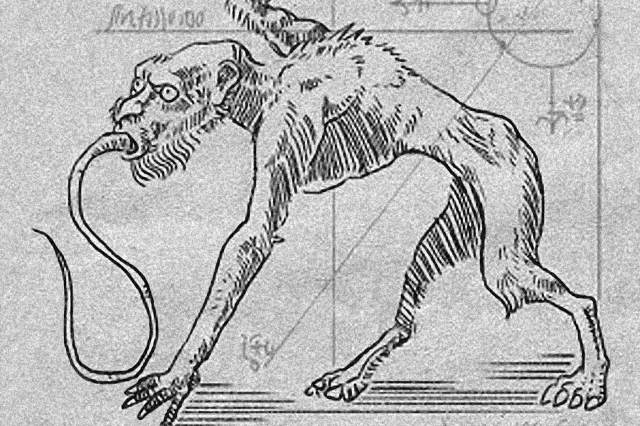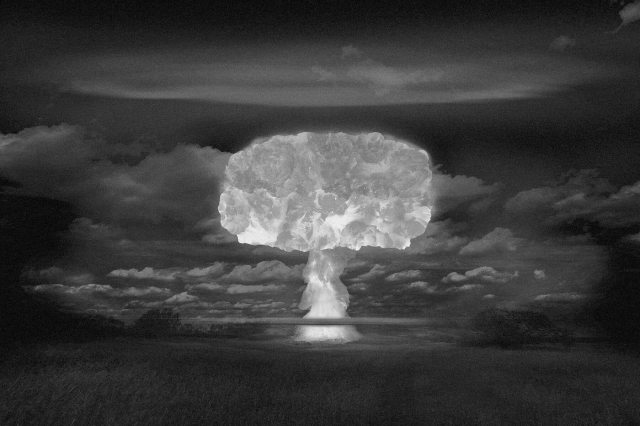Why Does the Military Use Bugles?
The bugle has long been part of military life, historically used to signal commands and guide troops before taking on its modern ceremonial role. Even for those who never served in the armed forces, the powerful, piercing sound can call to mind a mounted cavalry officer blowing into their instrument from a hilltop, or a uniformed soldier playing a somber melody to saluting troops gathered around a flagpole.
Whatever emotion it triggers, the bugle is often associated with the U.S. military — which makes sense, given that the most well-known bugle songs, such as “Taps,” originated in the armed forces. But how did this specific instrument come to define Uncle Sam’s musical leanings?
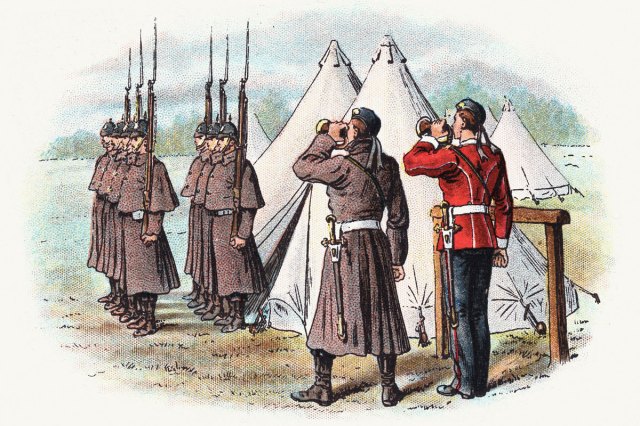
Bugles Came to America With the Revolutionary War
The use of horns for warfare dates back to at least the early years of the Roman Empire, when a predecessor of the bugle known as the buccina was among the brass instruments that sounded out at military ceremonies and when marching into battle. Centuries later, in the 1750s, light infantry battalions in the German state of Hanover adapted a semicircular hunting horn for military use. This instrument was picked up by the English in the following decades, taking on the name of bugle horn.
During the American Revolution, Continental Army troops were trained in the traditional European methods of military signaling, which generally involved the drum and fife. Soldiers learned that a distinct drum beat known as “The Reveille” would wake them from a night’s slumber, while another rhythm, “To Arms,” meant it was time to grab their weapons and prepare for combat.
While the sounds of English drumbeats filled the battlefields of the Revolutionary War, the Americans were also exposed to the blares of the bugle, the piercing instrument used by the Redcoats to spur troop movement and as a means of psychological warfare. Per one account, during the Battle of Harlem Heights in September 1776, attacking British troops blew their horns in a fashion that suggested the end of a fox chase.





